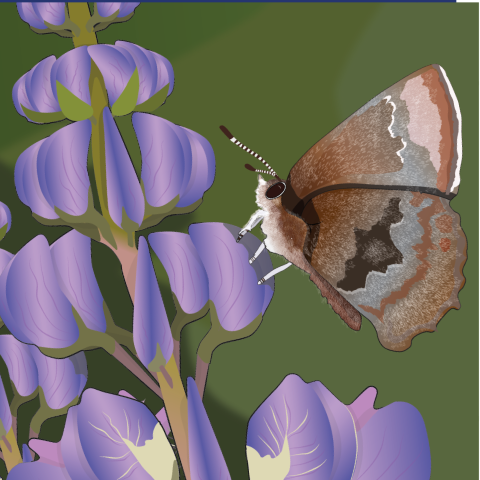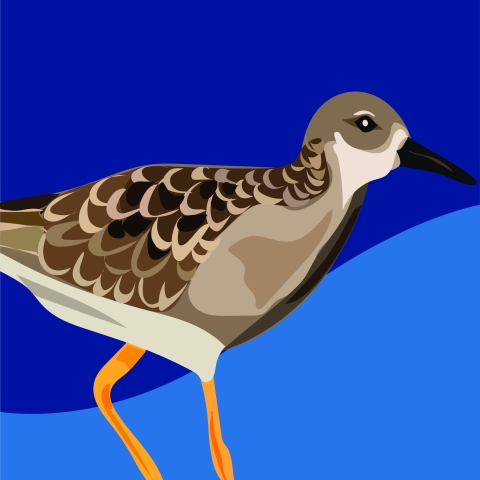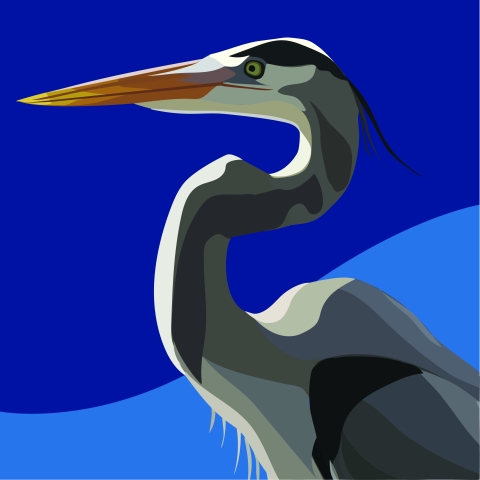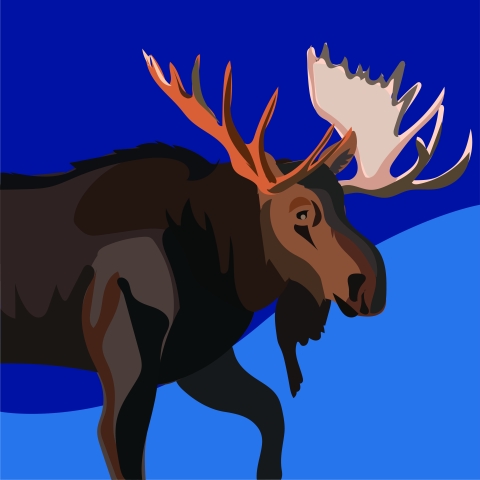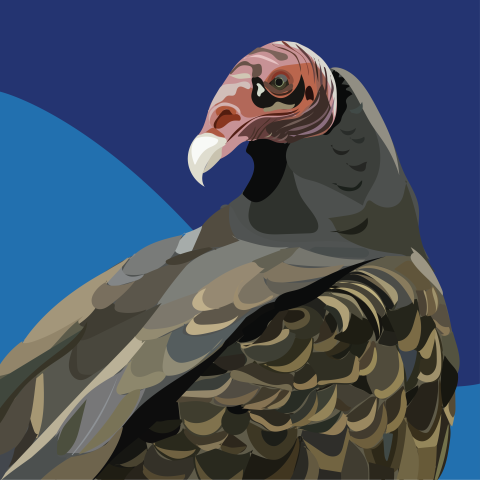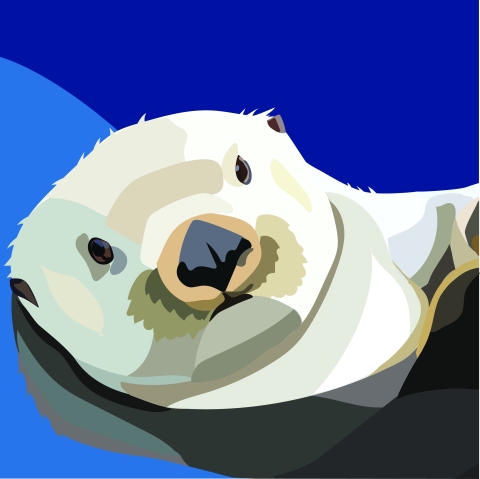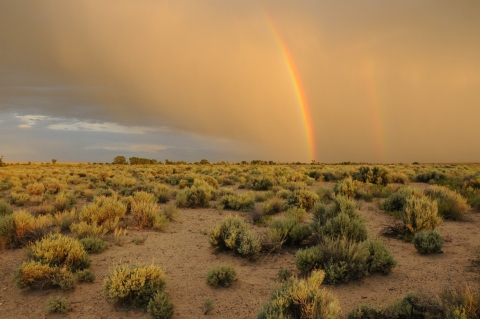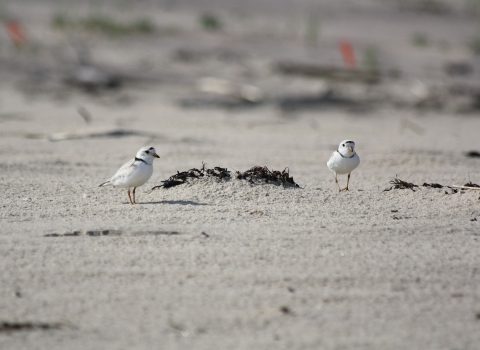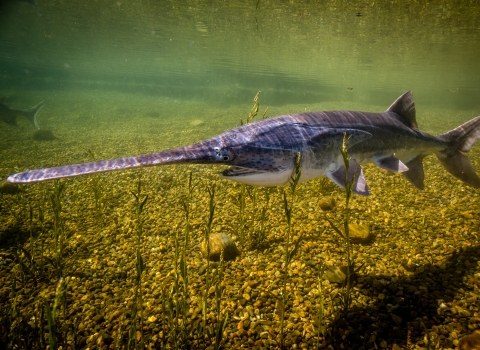National wildlife refuges have become popular “close-to-home” destinations to enjoy outdoor recreation. We need your help to ensure the safety of our visitors — both human and wild.
Not sure how to #RecreateResponsibly to keep all safe? Here are a few ways you can be like wildlife to ensure safety for everyone.
Explore Locally
This is a frosted elfin. It doesn’t migrate. It spends its entire life in one area. Be like this butterfly and EXPLORE LOCALLY. Except don’t feed on the flowers. That would be weird.
With national wildlife refuges within an hour’s drive of most cities and towns, you can limit your long-distance travel. Find a Refuge near you.
Know Before You Go
This is an upland sandpiper. It takes the same migration route each year, flying 6,000 miles. Be like a sandpiper and KNOW BEFORE YOU GO. Except leave the skydiving to the birds.
Check the website and social media of the wildlife refuge you would like to visit. If the refuge is closed, don’t go. If it’s crowded, have a backup plan.
Keep Your Distance
This a great blue heron. Herons fish apart from one another. Be like a great blue heron and KEEP YOUR DISTANCE. Maybe don’t stab your food with your mouth. That would be rude.
While on a trail, fishing or even in a parking lot, be polite. Give other visitors their space. While observing wildlife, give animals their space for your safety and theirs.
Know Your Limits
This is a moose. Moose are big and strong — but can’t handle the heat. Be like a moose and KNOW YOUR LIMITS. And maybe don’t bellow for a mate.
Keep It With You
This is a vulture. Vultures leave no trace after a meal. Be like a vulture and KEEP IT WITH YOU. And don’t hunch.
Take everything home, including trash. Trash pickup and restroom facilities may be limited in many areas.
Practice Good Personal Hygiene
This is a sea otter. Sea otters love to groom themselves. They can spend almost half the day cleaning their fur. Be like a sea otter and PRACTICE GOOD PERSONAL HYGIENE.
Just don’t store food in your armpits. Yeah, they do that.
Build an Inclusive Outdoors
This is Seedskadee National Wildlife Refuge in Wyoming. It is a thriving place for a diversity of plant and animal life. Be like a national wildlife refuge national wildlife refuge
A national wildlife refuge is typically a contiguous area of land and water managed by the U.S. Fish and Wildlife Service for the conservation and, where appropriate, restoration of fish, wildlife and plant resources and their habitats for the benefit of present and future generations of Americans.
Learn more about national wildlife refuge . Take an active part in making the outdoors safe and welcoming for people of all backgrounds and abilities.
Pledge to #RecreateResponsibly on national wildlife refuges.

